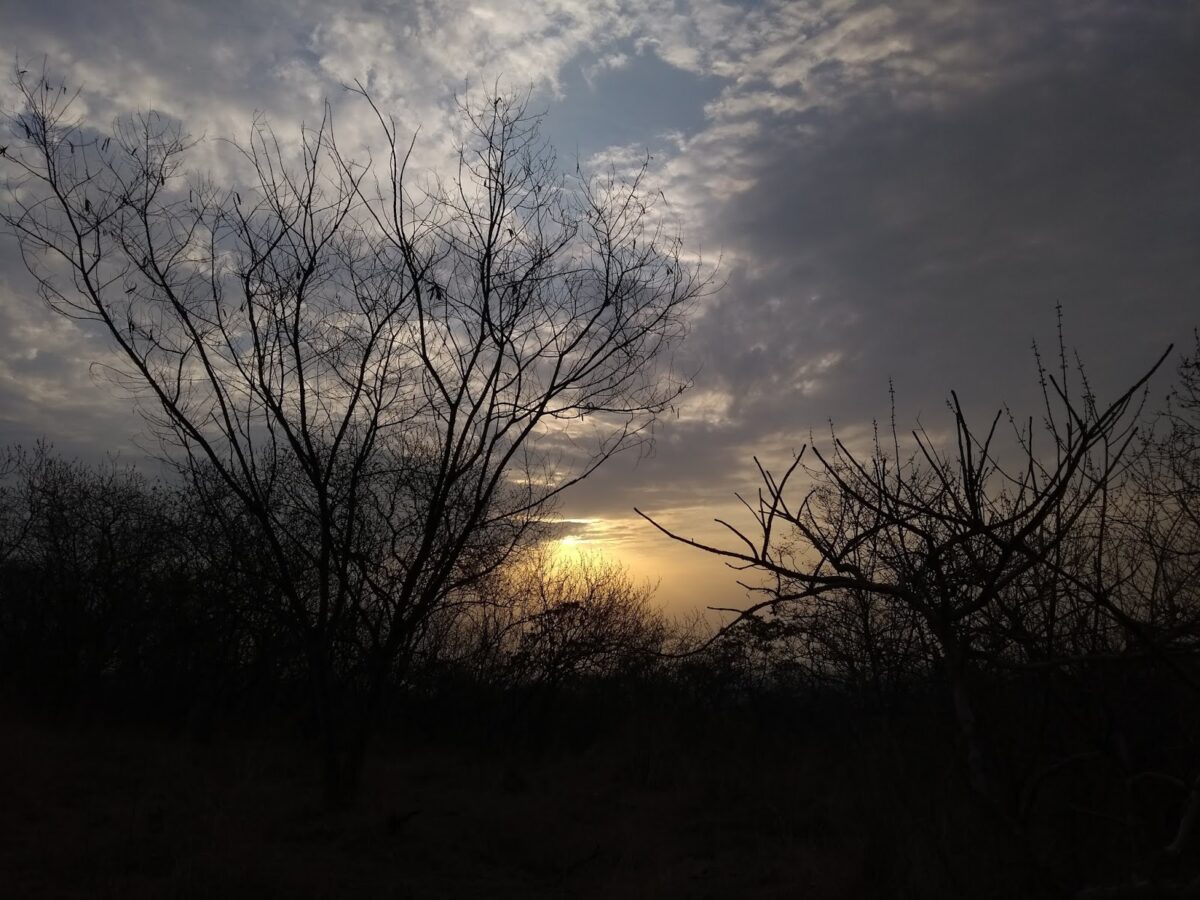
As the city swelters due to the soaring mercury, the cloudy morning sky offers a glimmer of hope that the Rain Gods will smile upon us!
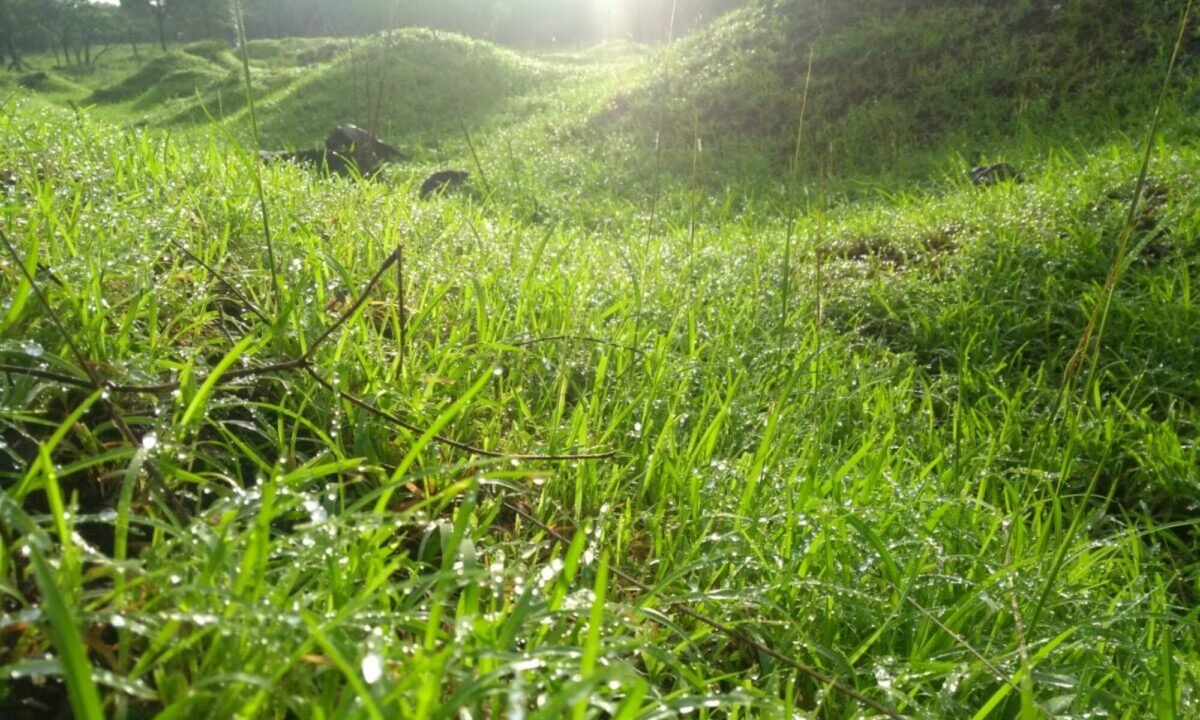
A khatta-meetha take on life around me through my presbiopic eyes!
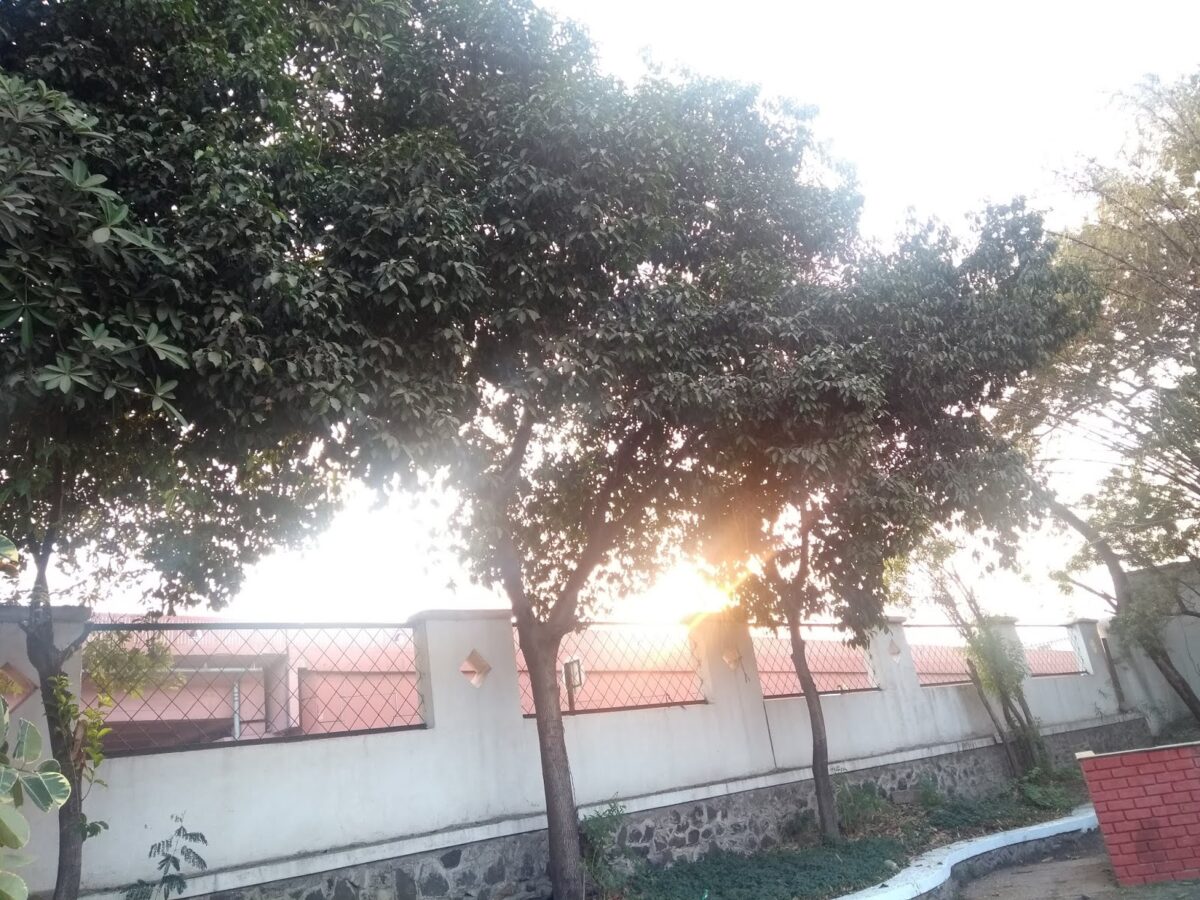
On walking closer, I was happy to see that these were the Maulsari or Mimusops elengi . It was December and the tree was in bloom and the tiny star shaped flowers with their haunting fragrance made the morning more beautiful. These flowers are prized because they retain their scent even when dry.

Maulsari is called Bakul in Marathi and is found in many parts of India. It is a native tree belonging to the Sapotaceae family. The leaves are glossy green and have a wavy margin. It bears pretty red coloured fruit which is said to be edible (I have not eaten these and I dont recommend readers to do so unless they have confirmed information about it being edible).
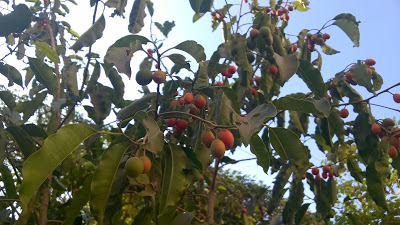 |
| Bakul fruits – this image from a tree growing elsewhere |
Pune homes and streets in Pune have Bakul. Does this tree grow in your city? Have you seen garlands of these fragrant flowers?

As summer sets in, a large number of trees shed their leaves. While the authorities do carry them away and people compost the leaves yet the volume is often overwhelming.
This means leaves are burnt irrespective of the sideeffects of this action.
Yet the smoke from such leaf burning created this effect on the early morning rays of the Sun as they streamed through the canopy of a Rain Tree.

I am joining Esha and Natasha on Wordless Wednesday. Hop on!

 |
| Pear belongs to the Rose family (Rosaceae) and belongs to the Pyrus genus. |
I am joining Parul in her ThursdayTreeLove bloghop. Head over to see some wonderful trees from around the world. Better still, join in!

The twins look magnificent don’t you think??
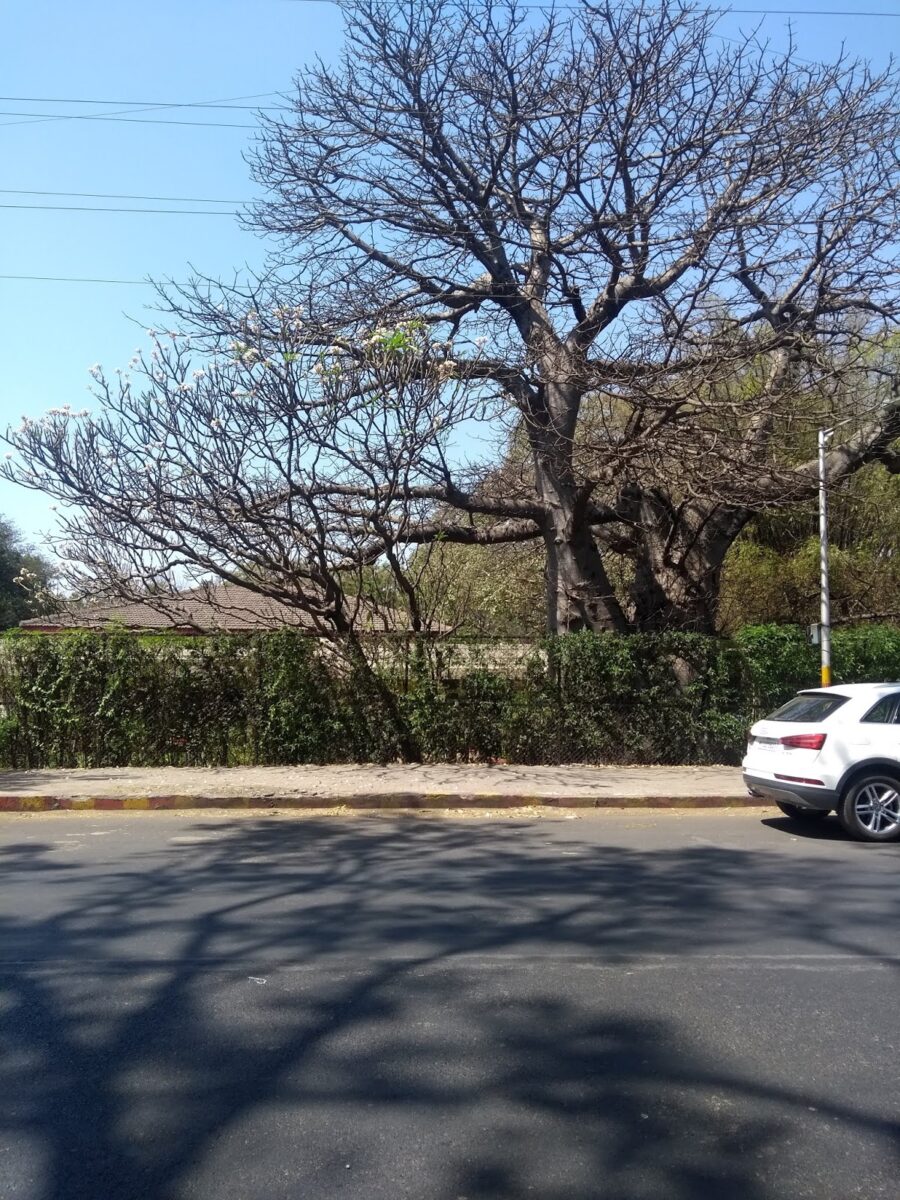
So here is the Baobab that is called Adansonia digitata and belongs the Bombacaeae family. It is native to Africa and has been introduced to India hundreds of years ago. In fact, it seems to be quite happy here considering that it flowers and fruits happily. It can be easily identified by its palmate leaves and its huge trunk. The trunk is said to store water. In the above photo, the white flowers are of the Plumeria though the Baobab also bears white flowers.
I have seen this species at four other places in Pune and this was a new find for me! This is also my third Baobab post on my blog!
I am joining Parul in her ThursdayTreeLove bloghop. Do head over to see some fantastic trees from around the world. Better still, join in!
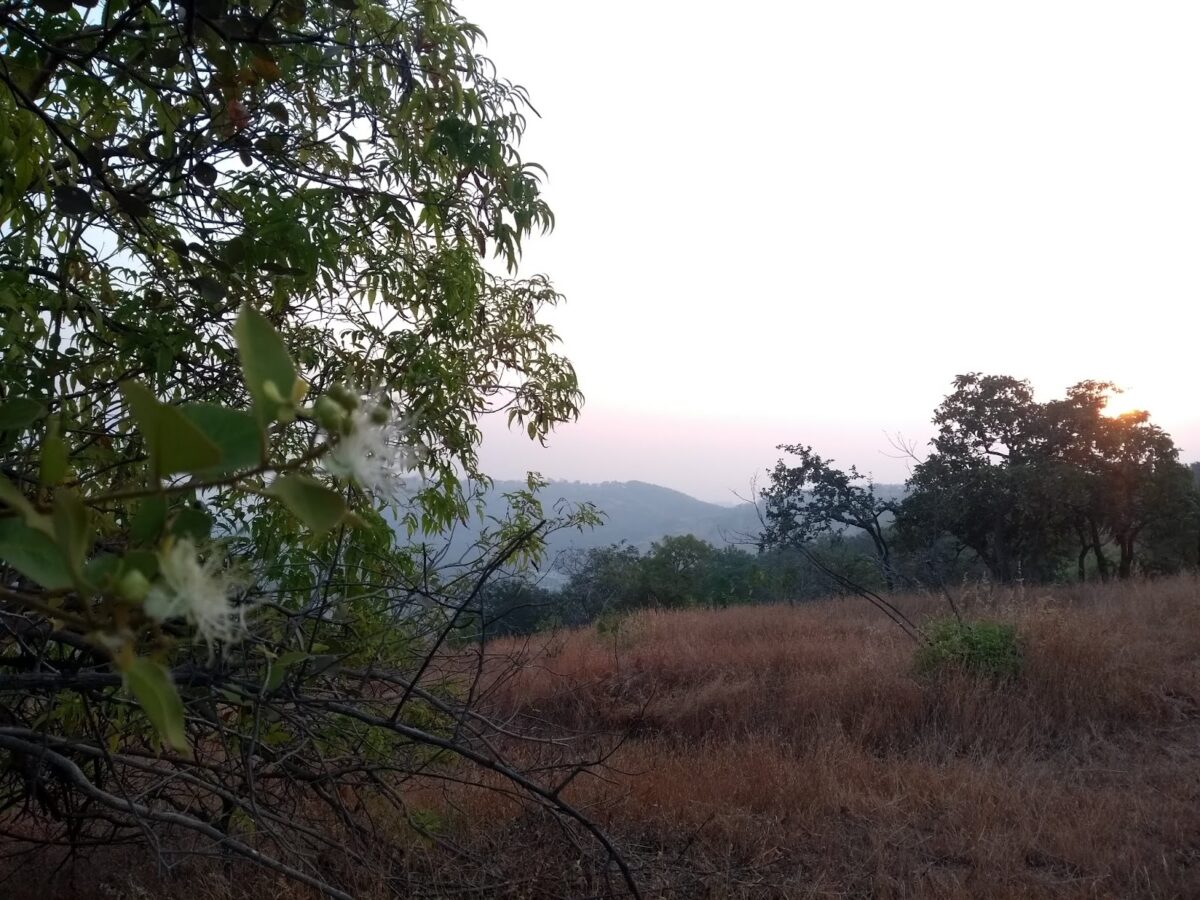
Sure enough, a closer look revealed that a Capparis was blooming and its flowers begged me to admire them too. Capparis grandis belongs to the Capparaceae family and its flowers characteristically have showy white protruding stamens.

I was torn between the glorious sky and the beautiful flowers of this tree.
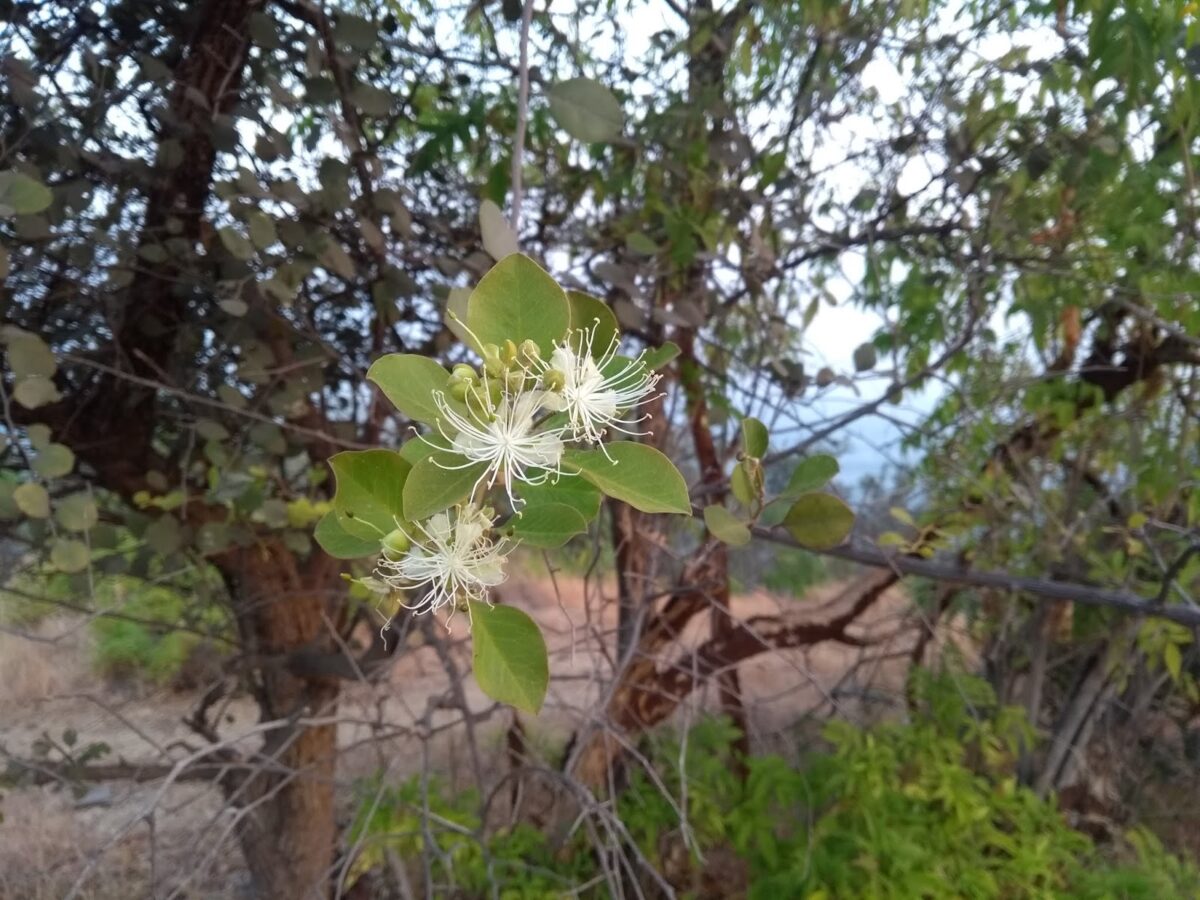
I am unable to choose which is more beautiful..
I leave the choice to you!
🙂
This is my 40th post on this Label/Hashtag as I join Parul in her ThursdayTreeLove Blog hop. Its been a Tree(mendous) journey, one that I hope to continue to read (on other blogs) and share (here). So dear readers, join us on this blog hop to see some beautiful trees from around the world or better still, share yours!
🙂
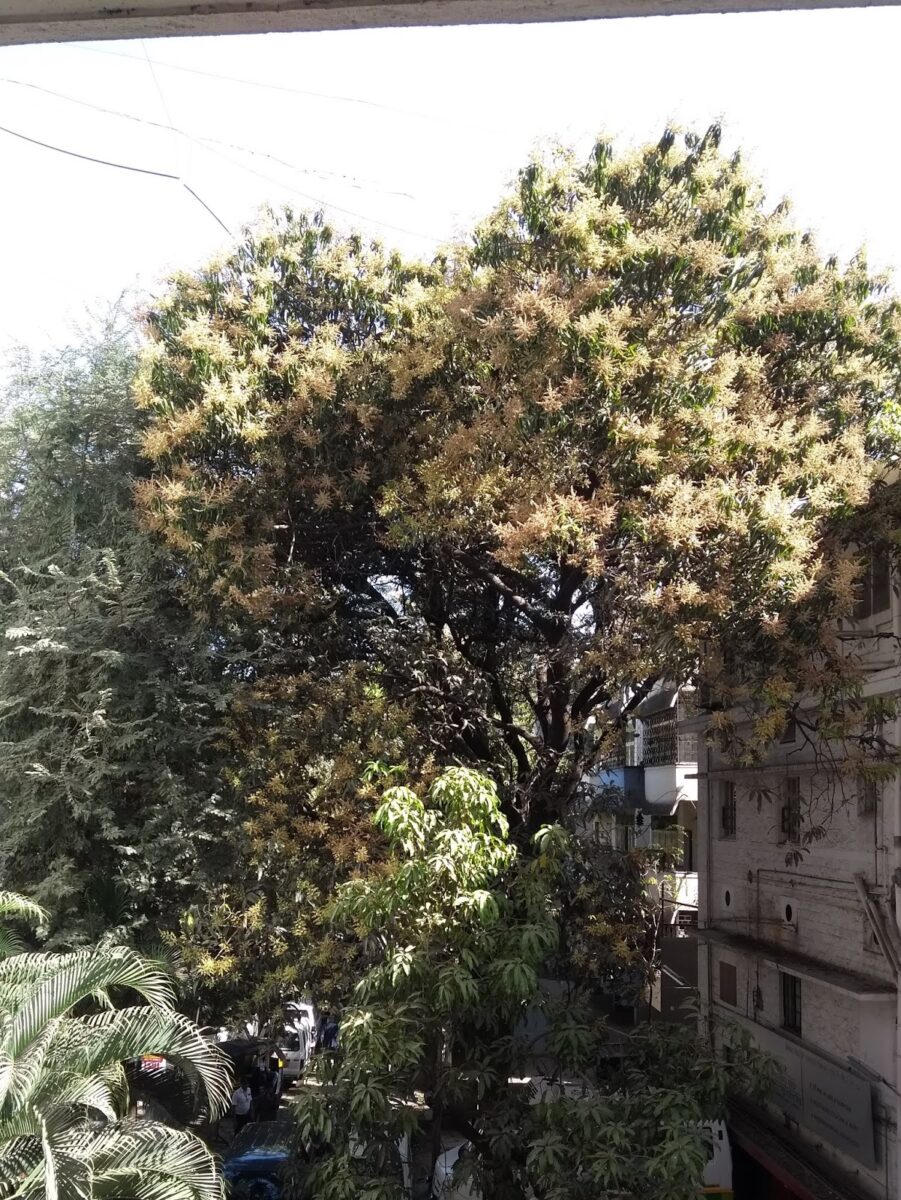
I spotted this Mango tree in full bloom quite recently. Almost every branch and subbranch seems to have an inflorescence. They reminded me of tiny arrows that seem to have framed the tree almost creating a brilliant halo around it!
Actually almost all Mango trees are blooming right now. The profuse flowering suggests a bumper harvest but usually many of the flowers fall off (for various reasons) and the actual fruiting may be lesser than the number of flowers.
Here is an image of the inflorescence.
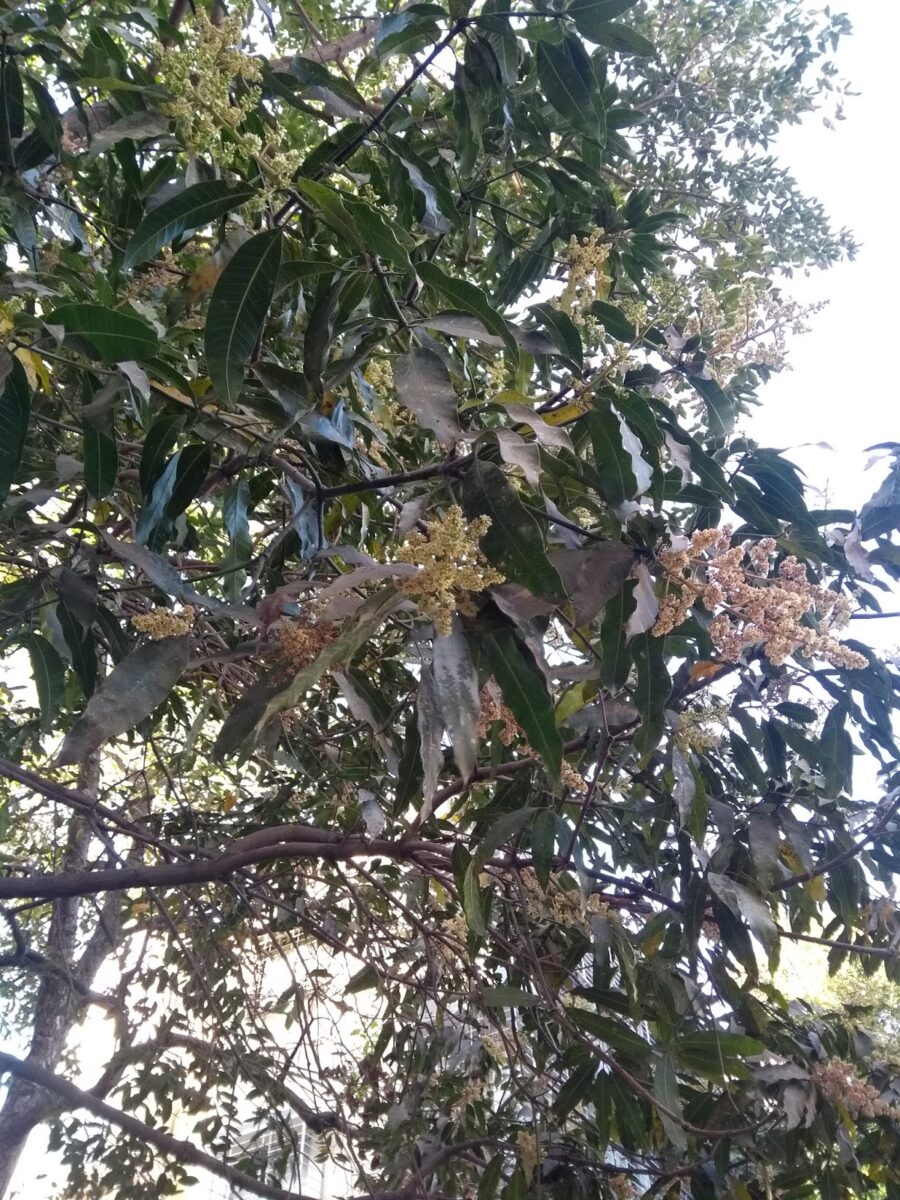
Have you noticed the Mango blossoming in your city?
While there are several varieites of mangoes, they are horticultural variants of Mangifera indica. Mango belongs to the Anacardiaceae family. Cashew and the Indian Ash Tree are also members of Anacardiaceae.
I am joining Parul in her ThursdayTreeLove bloghop. Head over to see some fantastic trees from around the world. Better still join in!
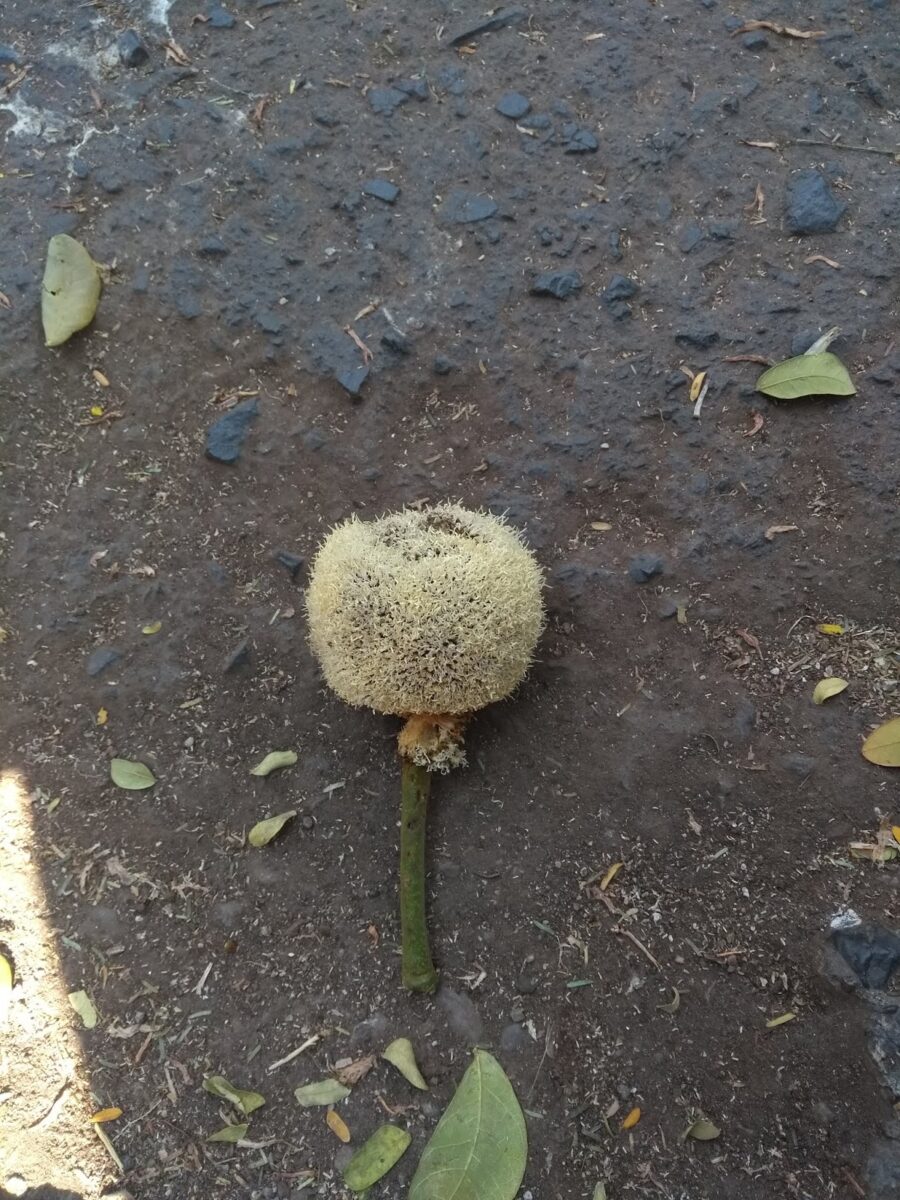
I am referring to Parkia biglandulosa which is locally called Chenduful belonging to the Mimosaceae family. Its a common avenue tree here and one realises its in bloom as one has to side step what look like furry balls when walking on the road. They obviously are not something kids have played with and one is compelled to look up. I have unfailingly been amazed to be looking up at what looks like tennis balls hanging down from the branches of the tree.
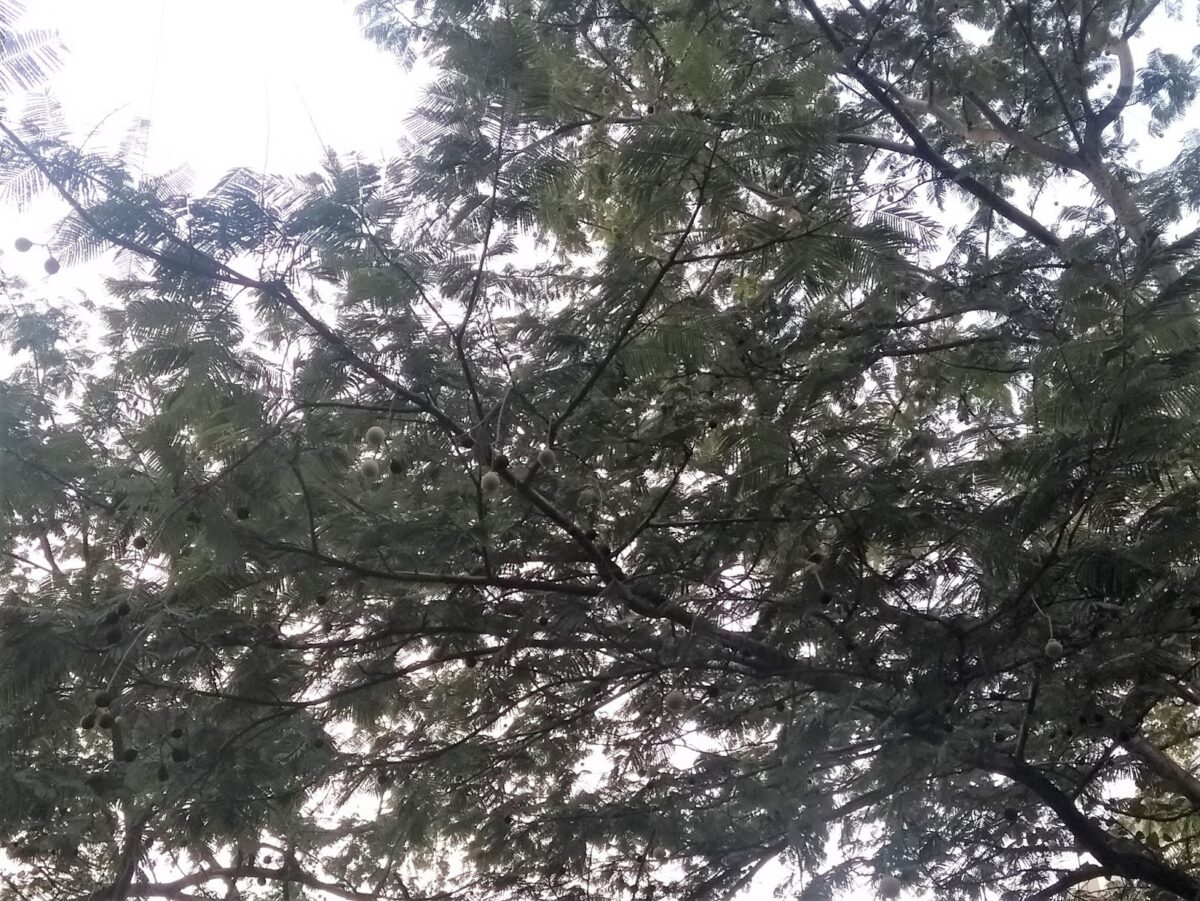
Each of these balls, is just the inflorescence and consists of several flowers. They remind me of tennis balls and I am still unable to understand why this Parkia is called Badminton Ball tree.. As far as I know, Badminton is played with a shuttlecock so…

Parkia biglandulosa is not native to India but I have seen it growing across the country even at one of our bases in the north east. Our daughter remembers playing with these blossoms and even preserving one of the furry balls in a box.. She still doesnt remember why and what happened to it later! More recently, one of the children in my Tree Walk group collected it as a memory of our walk!
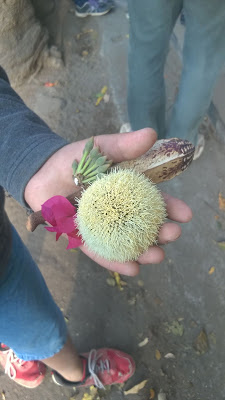
A lovely tall tree with delicate leaves that reminds of the Gulmohor. I am sure most of you would have noticed these fallen ‘tennis balls’. If not, do look out for them as Parkia is still blooming at least here in my city!
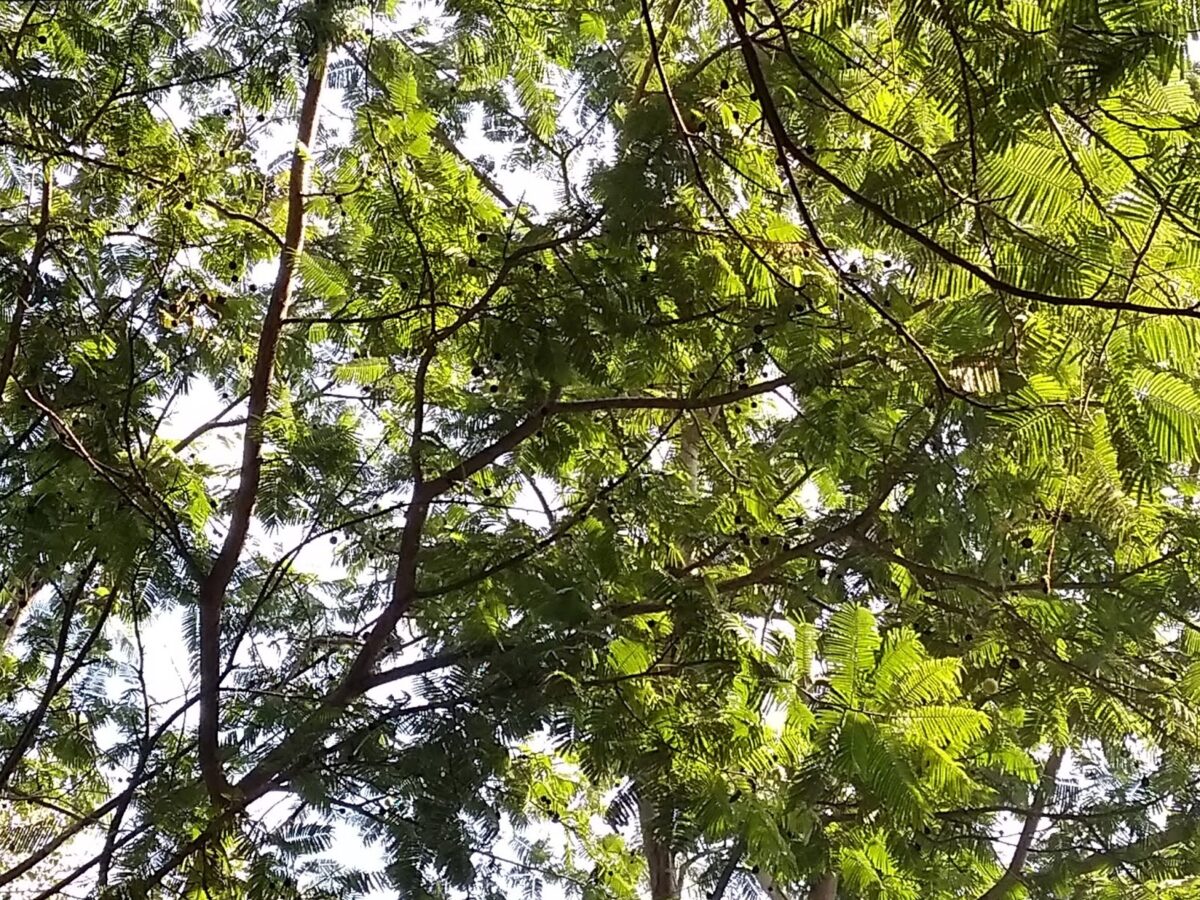
I am joining Parul in her ThursdayTreeLove bloghop. Do head over to see some great trees from around the world.
Better still, join in!
🙂